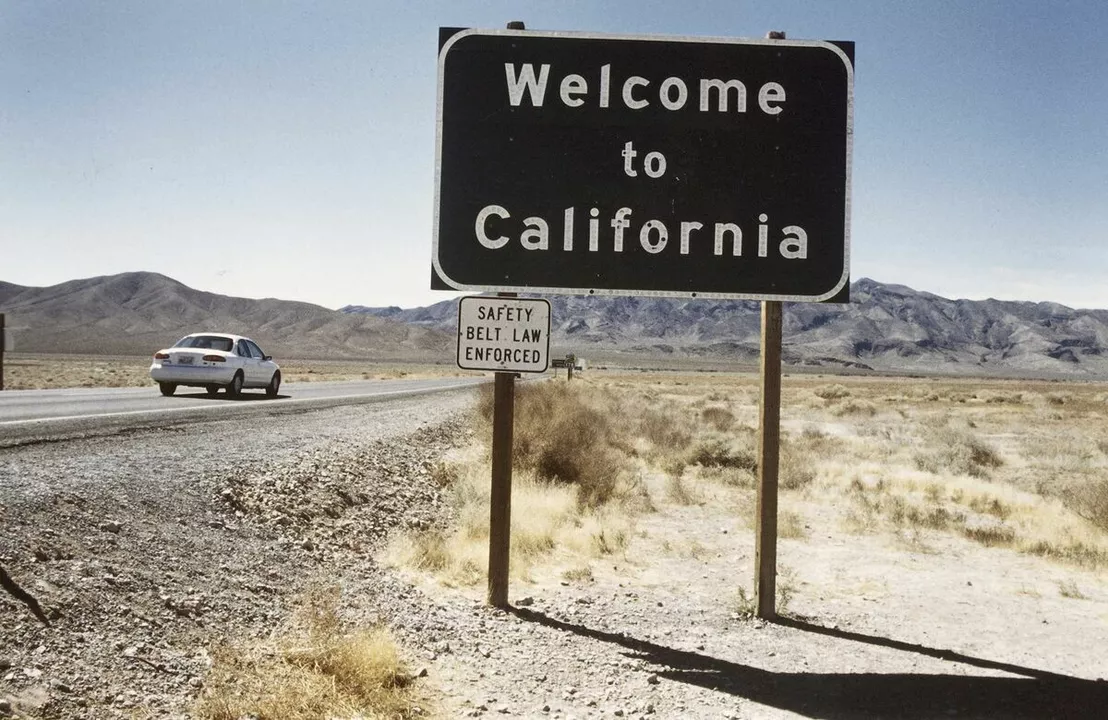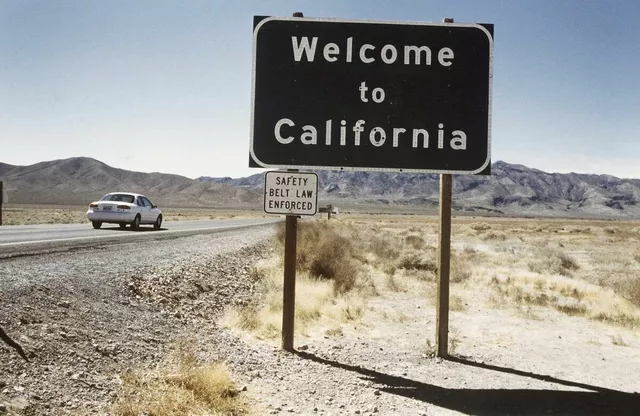
Exploring the History of California Missions: Uncovering the Intended Purpose of these Landmarks
The California missions are an iconic part of the state's history, and they have come to represent the cultural, spiritual, and political evolution of the area. But what was the intended purpose of these missions? To answer this question, we must look at the history of the missions and their role in the development of California.
The missions began in the late 1700s when Spanish missionaries arrived in California to spread the Catholic faith. The first mission was established in 1769 in present-day San Diego, and over the next 50 years, 21 more missions were founded. The missionaries’ goal was to convert the Native Americans of California to Christianity and to integrate them into Spanish society.
The missions provided a foundation for the spread of Spanish culture and language. In addition to spiritual education, the missions taught the Native Americans Spanish customs and how to farm, design and build structures, and weave fabric. They also provided a place of refuge for the Native Americans, offering them protection from warring tribes and foreign threats.
The missions also served as a political tool for the Spanish government. By establishing a presence in California, the Spanish were able to gain control of the area and prevent foreign powers from establishing a foothold. In addition, the missions were used to create a military presence in California and to monitor the movements of Native American tribes.
The missions were also an important economic force in California. They provided a steady supply of food and goods, and the Spanish government used the missions to distribute resources throughout the region. The missions also served as a hub for trade and commerce, bringing goods and services to the area.
The California missions are a reminder of the state's rich history and the legacy of the Spanish missionaries who arrived in the late 1700s. While the original purpose of the missions may have been to spread the Catholic faith and to gain control of the area, they ultimately served a much greater purpose. By providing a safe haven for the Native Americans, teaching them valuable skills, and establishing a hub for economic activity, the missions laid the groundwork for the development of California.
Understanding the Cultural Significance of California Missions: Investigating the Intended Purpose of These Historical Structures
The California Missions were a series of religious and military outposts established by Spanish Catholic priests during the 18th and 19th centuries. Spanning from San Diego to Sonoma, these 21 historic sites represent a significant part of California’s history and have strong cultural and spiritual importance for the state’s native and immigrant populations.
But what was the intended purpose of these missions? Many believe they were constructed to spread Christianity, while others argue they were designed to serve as military outposts or to facilitate the colonization of California by Spain. To truly understand the California Missions, it is important to consider the historical context of their construction.
The Spread of Christianity
The most commonly accepted purpose of the California Missions was to spread Christianity. The missions were often built near Native American villages and were used to convert indigenous people to Christianity. Priests also used them to educate Native Americans about Spanish culture and language. In addition, the missions served as a place of refuge for Native Americans, providing them with food and shelter.
Military Outposts
The California Missions were also used as military outposts. The Spanish military used them to protect the missions from attack and to defend the Spanish colony of California from other European powers. Additionally, the Spanish used the missions to control Native American populations in the area.
Colonization of California
The California Missions also served as a way to colonize California. The Spanish used them as a way to control the Native American population and to spread their culture. Additionally, the missions were used to encourage immigration from other parts of Spain and to facilitate the establishment of settlements in California.
These three intended purposes of the California Missions—spreading Christianity, establishing military outposts, and colonizing California—all played an important role in the history of the state. The missions remain an important part of California’s culture and are a reminder of its diverse history. Understanding their intended purpose helps us to appreciate their cultural significance.







Write a comment